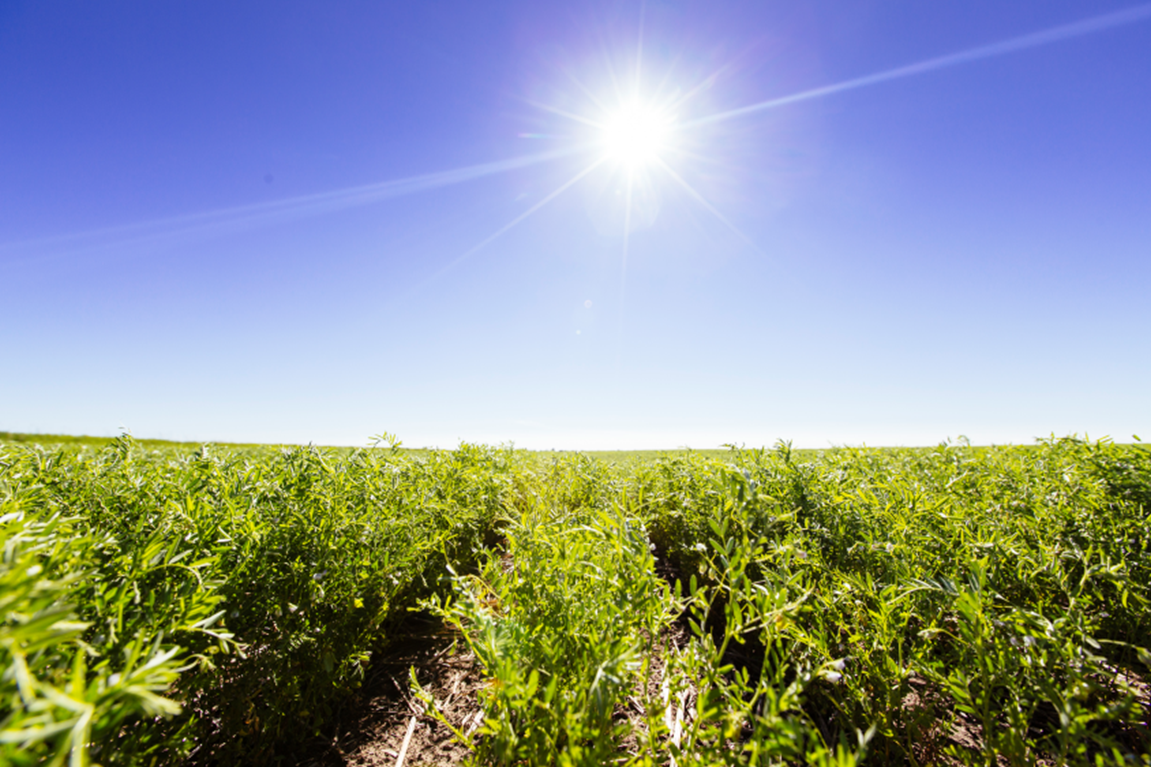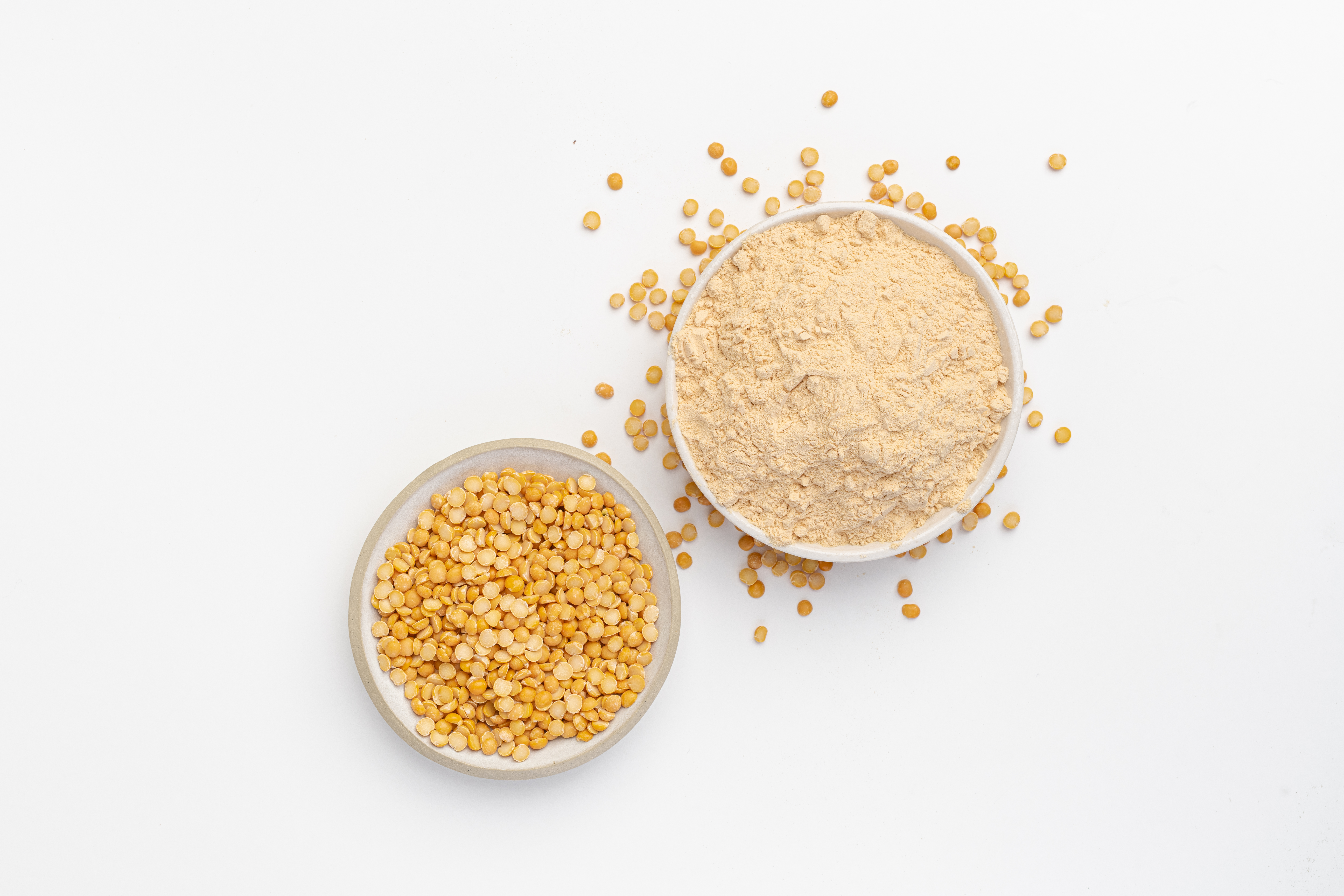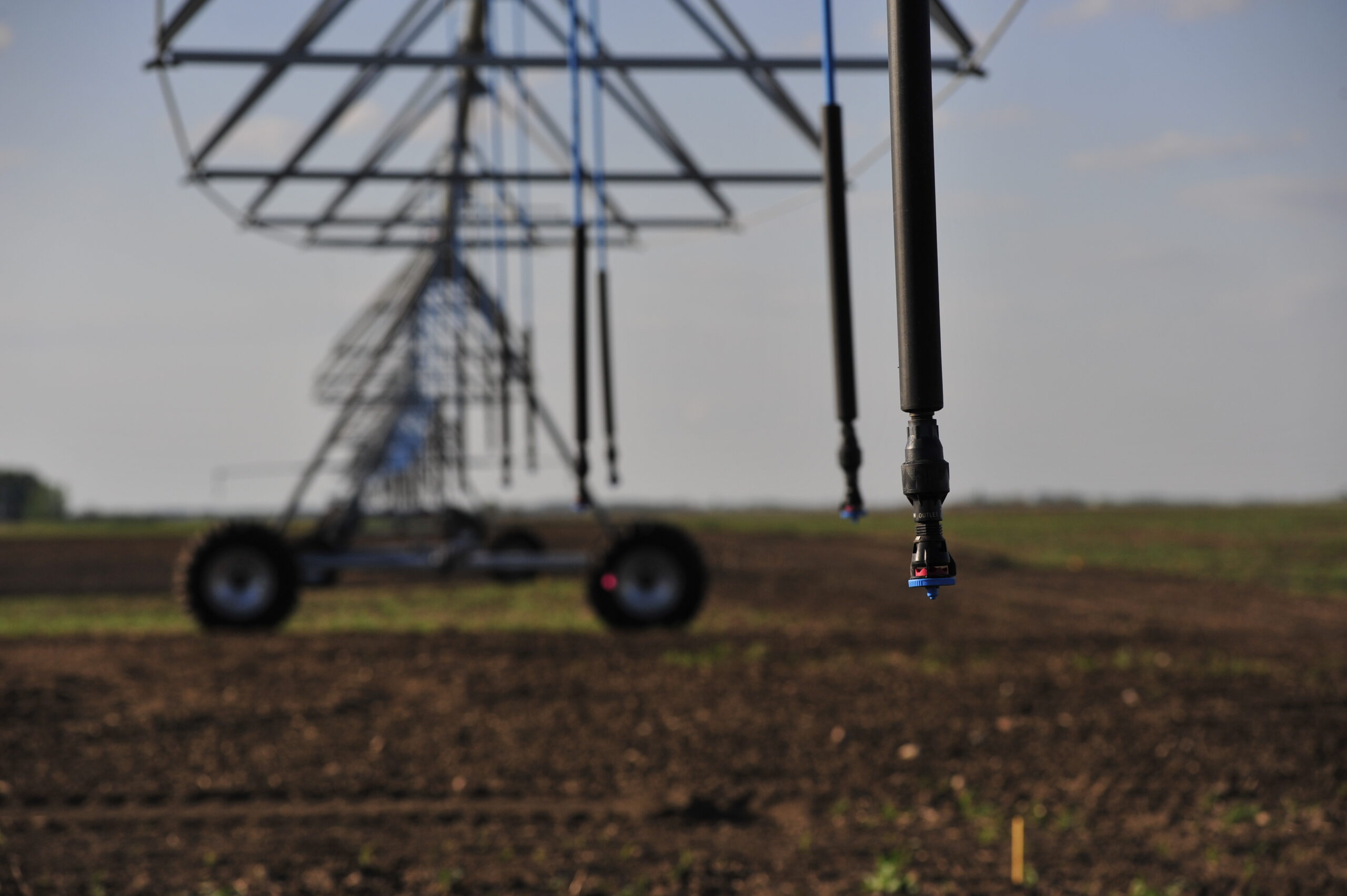The Canadian pulse industry has adopted a market development strategy of ’25 by 2025’, which aims to shift 25% of Canadian pulse production to new use markets by 2025. A key part of this strategy is to leverage the sustainability benefits of pulses grown in Canada and to align these benefits with the sustainability strategies of food manufacturing, ingredient, and foodservice companies.
Canadian pulse growers have adopted technologies and practices which gives them an advantage over their competitors in terms of efficiency and environmental sustainability. For example, a lentil carbon footprint report from the Canadian Roundtable for Sustainable Crops shows that the carbon footprint of pulses is five times lower than what is shown from pulse crops in a global database (Clune et al. 2017). Capturing this information along with other efficiencies in Canadian pulse production practices, can help demonstrate why inclusion of Canadian peas and lentils can positively impact product and corporate sustainability goals.
Formally capturing this data has helped to build the Life Cycle Assessment (LCA) for Canadian peas and lentils. This information can further demonstrate the value that Canadian produced pulses can add to the food industry, helping market Western Canadian pulses, and influence demand. Leveraging these advantages will accelerate a shift to new markets. A large portion of this market shift is focused towards North America, which has much less volatility than traditional export markets for pulses.
LCA has emerged as the standard method for capturing the environmental impacts of ingredients, foods, and diets, and is used by the food industry, governments, and academics. Completing an LCA requires access to databases, which vary in level of accuracy, depending on what data has been made accessible as growing regions can vary drastically in terms of practices and impacts.
Data on Canadian-grown pulses is largely missing from commonly used life cycle databases, leaving a need to develop that inventory of data describing the soil, climatic attributes, and advanced production practices of Canadian pulse growers. To improve these databases, Pulse Canada has been working with Dr. Nathan Pelletier and students of the University of British Columbia to help develop this inventory, and to conduct life cycle assessments of Canadian peas and lentils.
During the winter of 2019/20, Pulse Canada, with support from Saskatchewan Pulse Growers, Alberta Pulse Growers, and Manitoba Pulse and Soybean Growers, conducted a survey of Canadian pea and lentil growers. The survey gathered data on yield, crop inputs, and production practices which are relevant to the environmental impacts of pulse production.
After two rounds of survey distribution, responses were collected from over 700 pea and lentil growers, representing all production regions for these crops in the three Prairie Provinces. In addition to the overall results, this dataset will be further broken down regionally, and, in the case of greenhouse gases (GHG), will account for both emissions and sequestration from practices like reduced tillage.
The level of detail in this Canadian dataset is unique compared to other production regions. With the Canadian data, a more accurate model for GHG emissions can be used by food industry when conducting an LCA. Having this data highlights the advances Canadian producers have made with respect to environmental impacts and can carve out a unique advantage for the Canadian pulse industry.
“By indicating the sustainability aspects of producing peas and lentils through the database information, and leveraging this messaging through outreach, our hope is that food companies looking to meet corporate sustainability goals will include peas and lentils in their food products and create new and increased demand for growers,” says Denis Tremorin, Director, Sustainability with Pulse Canada.
Ease of access for this data will ensure that companies exploring the use of pulses, whether processing them into fractions or using them in food products, are aware of the significant environmental benefits of Canadian pulses.
Published May 2020



